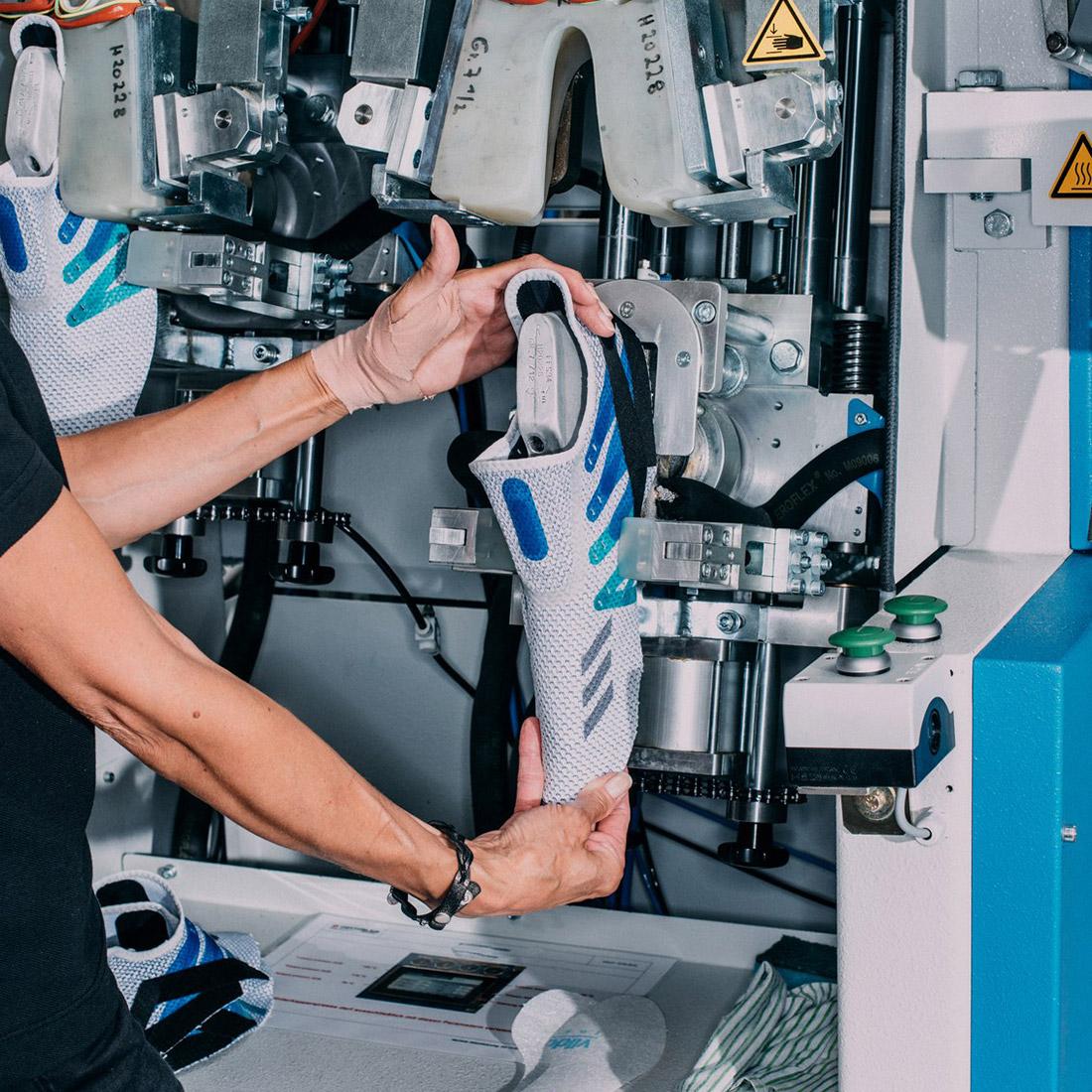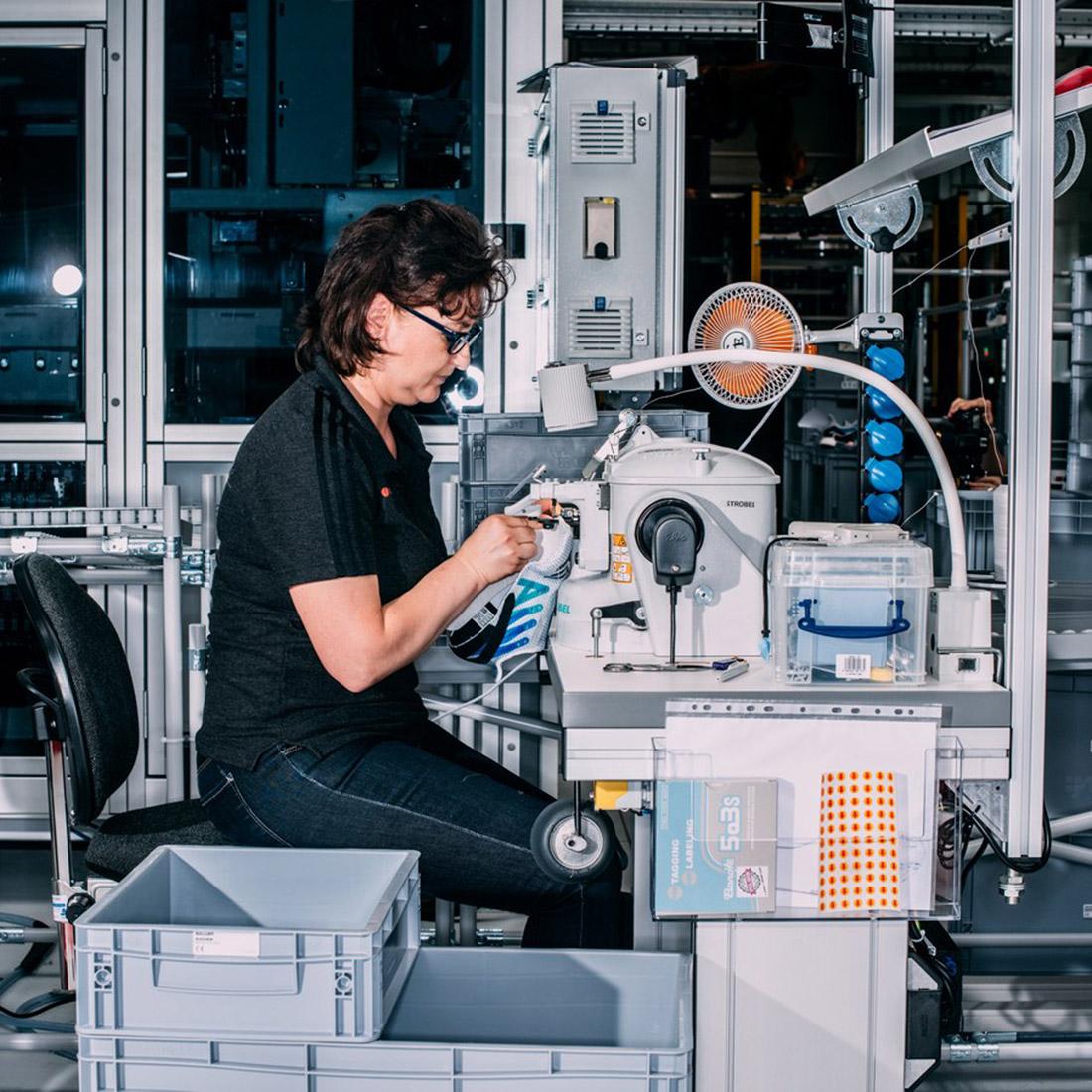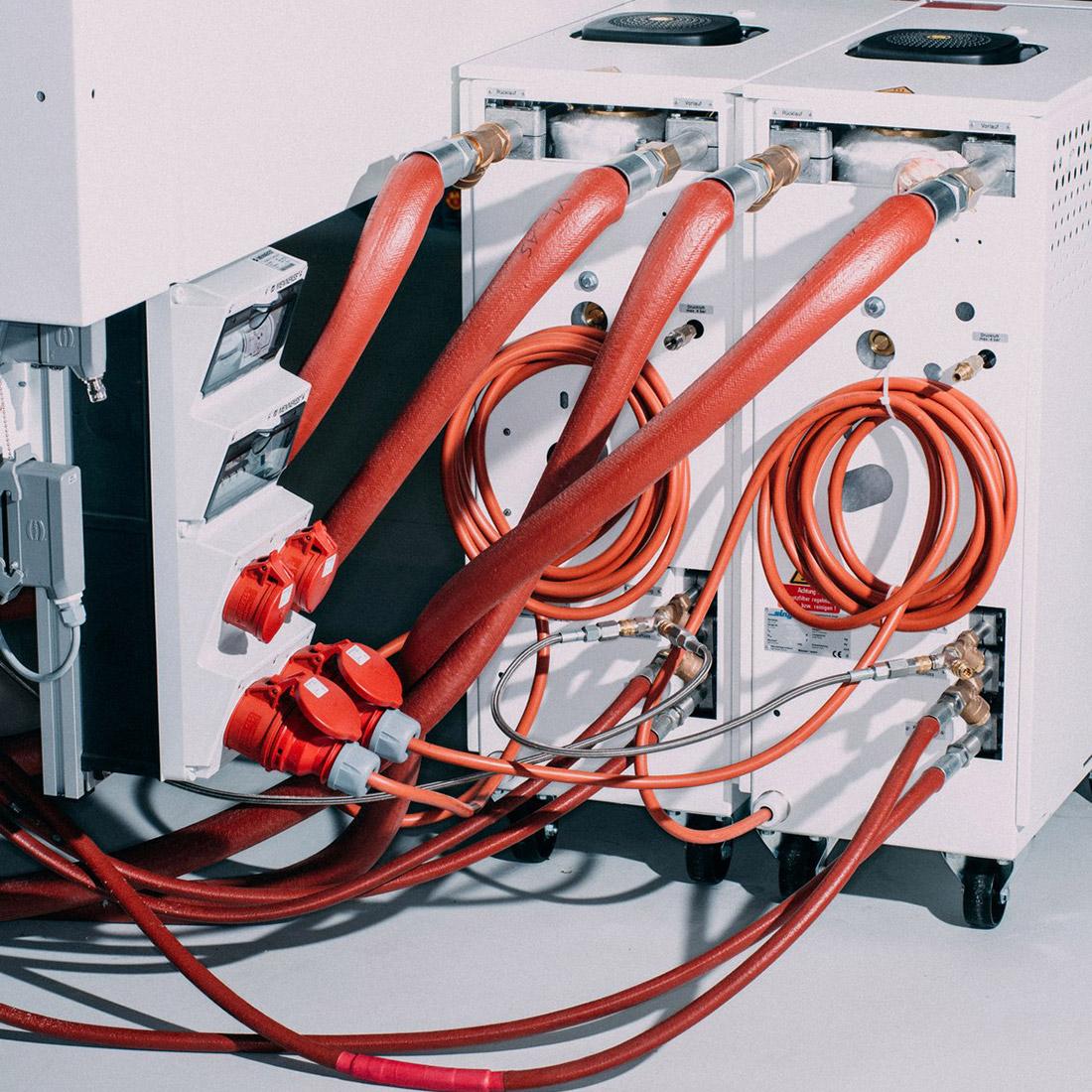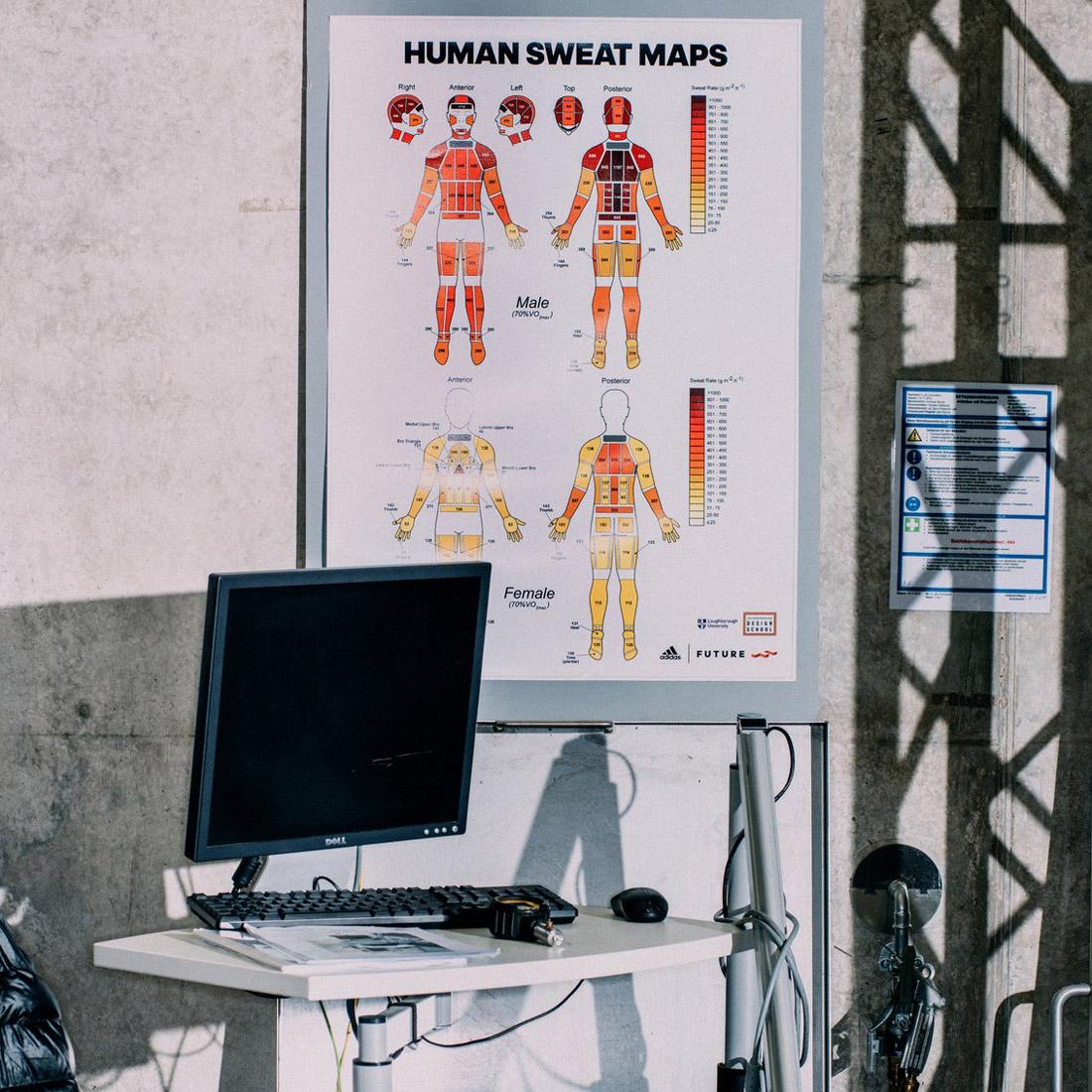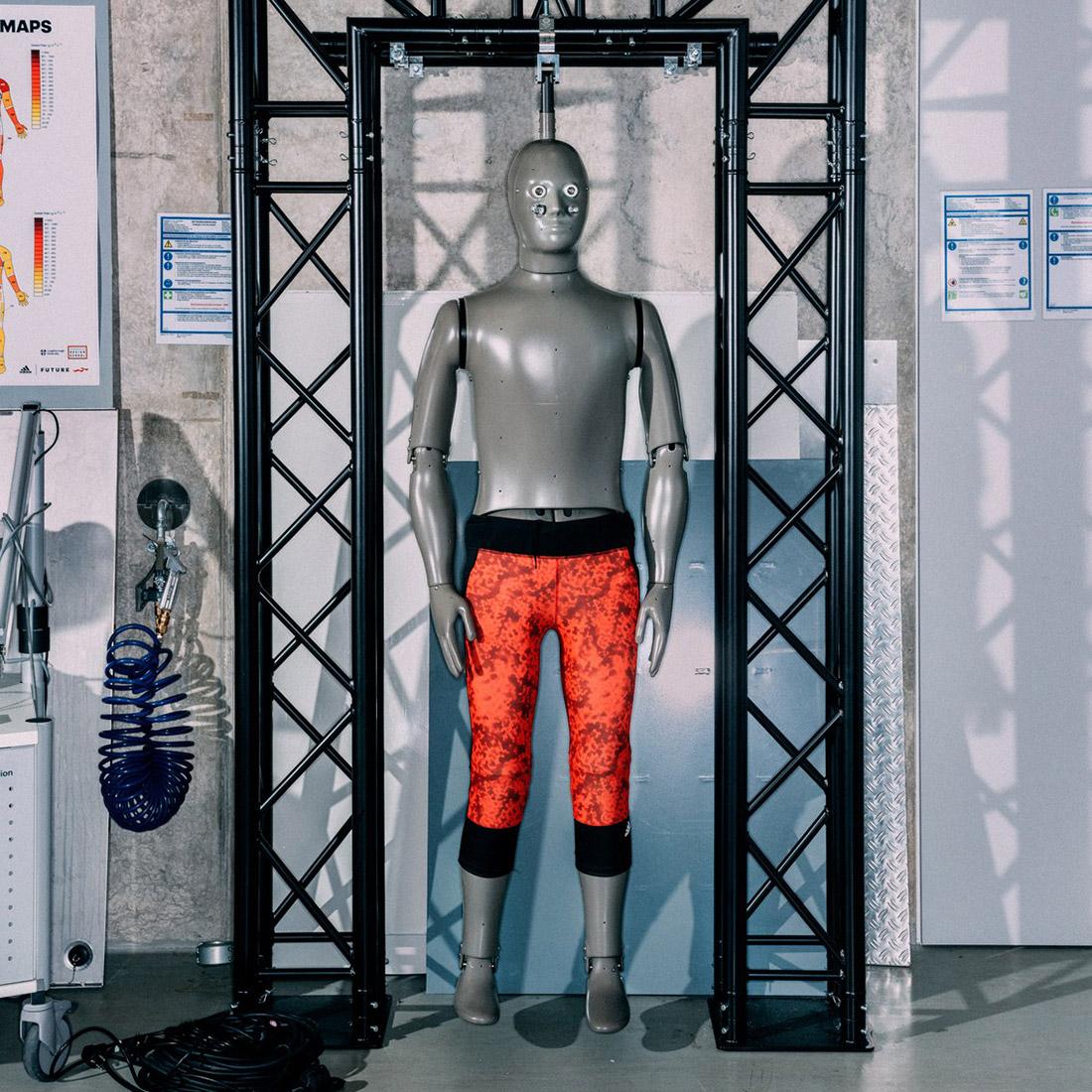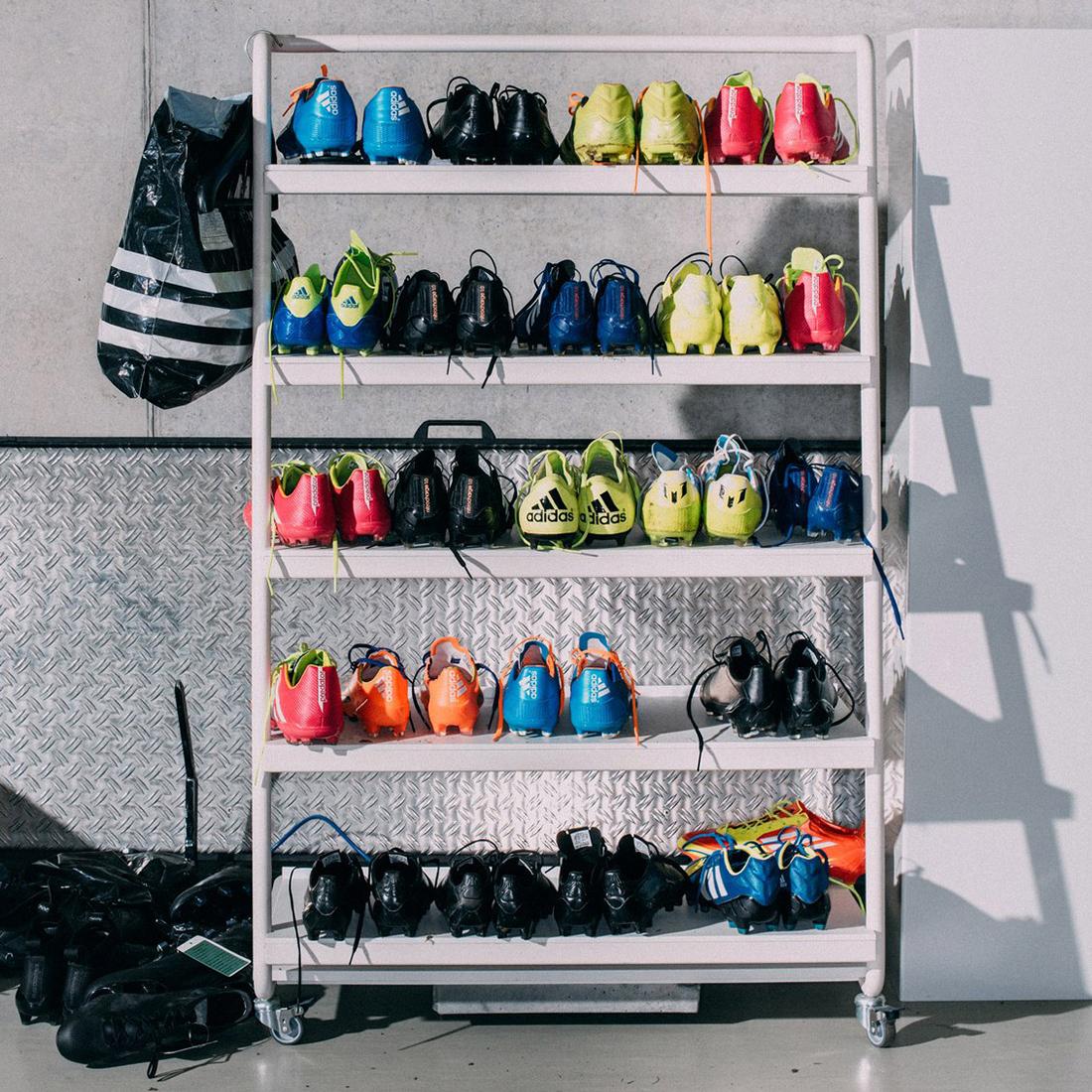Rare Behind-the-Scenes Glimpse at adidas' Robot-Run SPEEDFACTORY
In late 2015, announced the arrival of , a largely automated production facility able to churn out high-performance sportswear and sneakers at blistering speeds. Located in Ansbach, Germany, the venture was intended to capitalise on the benefits of local production, especially minimising environmental impact and the ability to respond to market trends instantly.

The Three Stripes have given the public a glimpse at the level of quality the robot-helmed production line is able to deliver with the release of the and , but SPEEDFACTORY has otherwise largely remained a closely guarded secret. Fortunately, adidas lifted the veil of mystery and invited in to poke around.

In their post-visit piece, Wired explain SPEEDFACTORY's production as a cooperative effort between human and robot, perhaps more so than first thought. Describing an assembly line at the facility, the writer explains a three-step process where 'engineered knit fabric was laser-cut (by robots), shaped and sewn (by humans), and fused into soles (a collaborative, multistep, human-and-machine process).' The process of fusing upper and midsole is described as being carried out by 'what looked like a neo-futuristic Easy-Bake Oven, worlds away from the 'messy and imprecise feat of gluing, performed by the dexterous hands of warm-blooded people.' The process of lacing is left in human hands.

One thing the writer emphasises repeatedly is the sparseness of the facility, which is described as being 'about the size of a Home Depot.'
'There weren’t many people, though there weren’t that many machines either.' The raw components being produced by the facility are also described as 'minimal.'

It seems SPEEDFACTORY is still in its early stages, but has huge potential for production far beyond human capabilities. Whether or not adidas make a push to further automate manufacturing, it seems that it is all a part of the story telling and 'halo effect' that comes with it.
